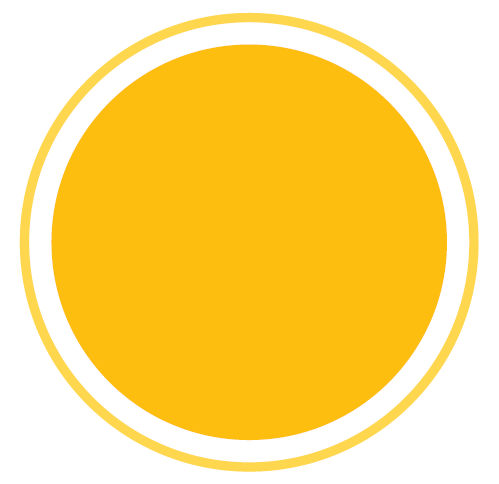About

Waterloo's Environmental Sustainability Report tracks progress that has been made on campus to achieve the objectives of the Environmental Sustainability Strategy. It includes a public report, and a detailed breakdown of data tables and methodologies used in the calculation of indicators. This page lists campus-wide information that is often used to qualify other indicators, such as space and population, as well as overall institutional progress.
Structure: This report highlights progress that has been made against each of the 27 objectives that were established in the University’s Environmental Sustainability Strategy. The report is divided into sections on Academics, Operations, and Engagement, and lists specific actions that have been undertaken for each objective, as well as relevant indicators and data tables.
Definitions: By definition, sustainability means maintaining the integrated health of the environment, society, and economy for today and into the future. While this report focuses primarily on environmental indicators relevant to the University of Waterloo, it recognizes that that there are mutually reinforcing connections with financial and social sustainability. For brevity, the term “sustainability” will refer to environmental sustainability in this report.
Framework: The University of Waterloo has made efforts to align the data and indicators within this report to those of the Sustainability Tracking, Assessment, and Rating System (STARS) developed by the Association for the Advancement of Sustainability in Higher Education (AASHE), as well as to the objectives established under Waterloo’s Environmental Sustainability Strategy. Full methodologies are included within each section.
Progress: Each objective has a status bar to summarize, either qualitatively or quantitatively, Waterloo’s completion as of June 2025.
Reporting term: Indicators are based on the most recent calendar year, unless otherwise noted. All actions listed are for the period up to and including June 2025 to ensure timeliness and relevance.
Reporting boundary: All University of Waterloo campuses are included, unless otherwise noted. The report indicators do not reflect information from Affiliated and Federated Institutions of Waterloo, although information and data is included for transparency. This report includes:
- South Campus, Waterloo, ON
- East Campus, Waterloo, ON
- North Campus, Waterloo, ON (Excluding building information from non-University buildings in the David Johnston Research and Technology Park and Northwest Campus)
- Health Sciences Campus and School of Pharmacy, Kitchener, ON
- School of Architecture, Cambridge, ON
- Stratford Campus, Stratford, ON
Previous report: Released October 2025 for information from 2010 through 2025
Reporting cycle: Annual
Campus population
An accessible version of this data can be downloaded here: Campus Population Data 2025 (Excel)
Boundary: All University of Waterloo campuses
Methodology: Human Resources provided full time equivalent (FTE) staffing information. Full time equivalent student enrollment was provided by Institutional Analysis and Planning. Full time faculty members were provided by Institutional Analysis and Planning.
Campus area
An accessible version of this data can be downloaded here: Campus Aggregate Space Data 2025 (Excel)
Boundary: All University of Waterloo campuses
Methodology: Plant Operations provided a total floor area for all University of Waterloo facilities based on an extract from the Archibus space management software for campus. Federated and Affiliated University Colleges provided similar data for respective facilities.
Limitations and Exclusions: To align with energy and water data, the space metrics include facilities for which the University owns and operates space, and pays utility bills. Some rental properties or properties for which the University does not maintain regular operations and passes utility billing on to tenants, are not included. A correction was made in 2019 which also added space for the RAC building on North Campus. Waterloo leases the building, and historically the energy data had been included in the energy database while space had been excluded.
Weather
An accessible version of this data can be downloaded here: Campus Weather Data 2025 (Excel)
Methodology: Information on degree days was retrieved from Environment Canada’s historical weather database using the “Kitchener/Waterloo” data set. Degree days are an annual sum of the number of degrees above (cooling degree days) or below (heating degree days) 18 degrees Celsius based on average daily temperature. For example, on a particular day a mean temperature of 20 degrees Celsius would count as two cooling degree days, or a mean temperature of zero degrees Celsius would count as 18 heating degree days.
Benchmarking
Objective G1
By 2025, achieve and maintain a STARS Gold designation through the Association for the Advancement of Sustainability in Higher Education
Progress:
Completed

Description: Waterloo received the Silver designation from its first subscription to the Sustainability Tracking, Assessment, and Rating System (STARS) in 2018. This is a comprehensive third-party framework on which most of the indicators of the Environmental Sustainability Strategy are based. In 2025, Waterloo received the Gold designation.